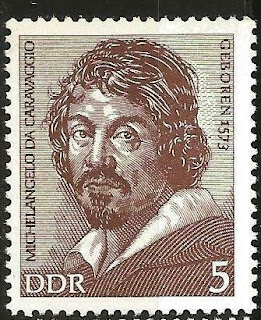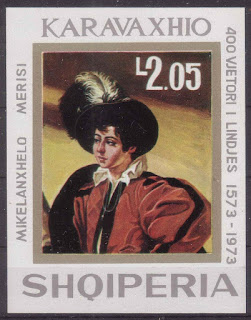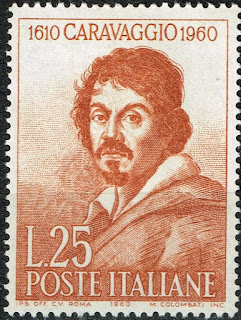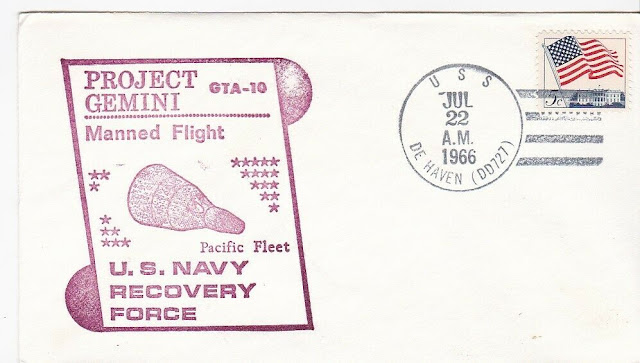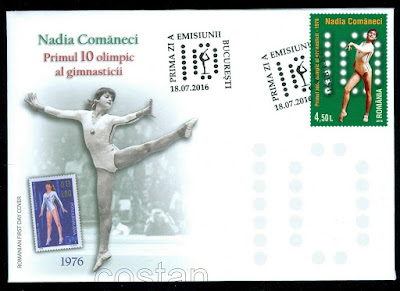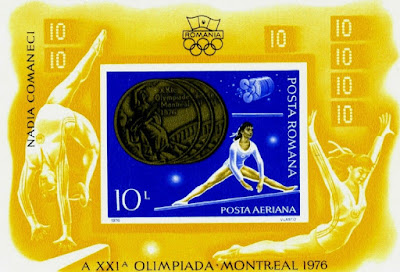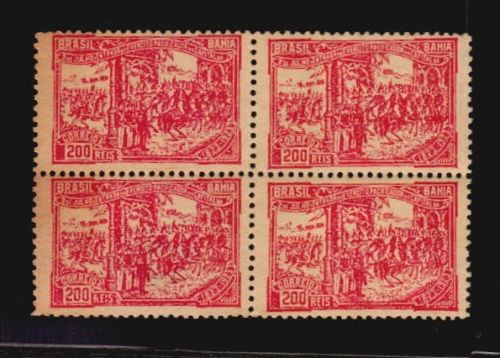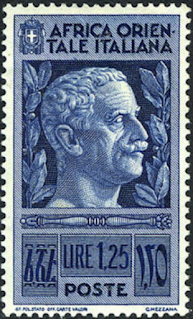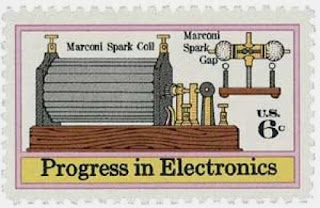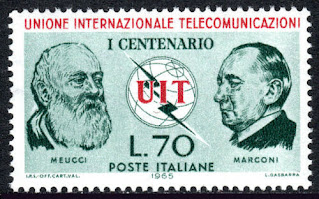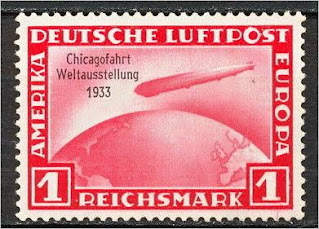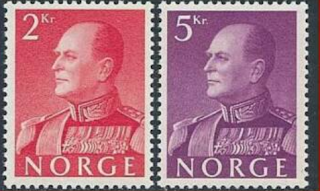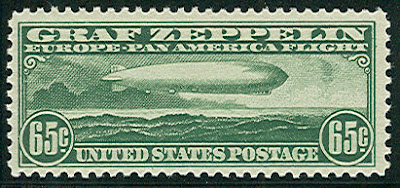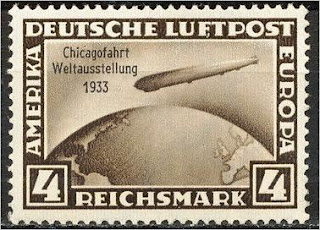1610 Died: Caravaggio, Italian painter (b. 1571)
Michelangelo Merisi (Michele Angelo Merigi or Amerighi) da Caravaggio (28 September 1571 – 18 July 1610) was an Italian painter active in Rome, Naples, Malta, and Sicily from the early 1590s to 1610. His paintings combine a realistic observation of the human state, both physical and emotional, with a dramatic use of lighting, which had a formative influence on Baroque painting.
Caravaggio employed close physical observation with a dramatic use of chiaroscuro that came to be known as tenebrism. He made the technique a dominant stylistic element, darkening shadows and transfixing subjects in bright shafts of light. Caravaggio vividly expressed crucial moments and scenes, often featuring violent struggles, torture and death. He worked rapidly, with live models, preferring to forgo drawings and work directly onto the canvas. His influence on the new Baroque style that emerged from Mannerism was profound. It can be seen directly or indirectly in the work of Peter Paul Rubens, Jusepe de Ribera, Gian Lorenzo Bernini, and Rembrandt, and artists in the following generation heavily under his influence were called the "Caravaggisti" or "Caravagesques", as well as tenebrists or tenebrosi ("shadowists").
Below are some stamps depicting Caravaggio or his paintings from Italy, Albania, East Germany and the Vatican
1841 – Coronation of Emperor Pedro II of Brazil.
Dom Pedro II (English: Peter II; 2 December 1825 – 5 December 1891), nicknamed "the Magnanimous", was the second and last monarch of the Empire of Brazil, reigning for over 58 years. He was born in Rio de Janeiro, the seventh child of Emperor Dom Pedro I of Brazil and Empress Dona Maria Leopoldina and thus a member of the Brazilian branch of the House of Braganza. His father's abrupt abdication and departure to Europe in 1831 left the five year-old as Emperor and led to a grim and lonely childhood and adolescence, obliged to spend his time studying in preparation for rule. He knew only brief moments of happiness and encountered few friends of his age. His experiences with court intrigues and political disputes during this period greatly affected his later character; he grew into a man with a strong sense of duty and devotion toward his country and his people, yet increasingly resentful of his role as monarch
Upon leaving the country, Emperor Pedro I selected three people to take charge of his son and remaining daughters. The possibility of lowering the young Emperor's age of majority, instead of waiting until he turned 18, had been floated since 1835. His elevation to the throne had led to a troublesome period of endless crises. The regency created to rule on his behalf was plagued from the start by disputes between political factions and rebellions across the nation. Those politicians who had risen to power during the 1830s had by now also become familiar with the pitfalls of rule. According to historian Roderick J. Barman, by 1840 "they had lost all faith in their ability to rule the country on their own. They accepted Pedro II as an authority figure whose presence was indispensable for the country's survival." When asked by politicians if he would like to assume full powers, Pedro II shyly accepted. On the following day, 23 July 1840, the General Assembly (the Brazilian Parliament) formally declared the 14-year-old Pedro II of age. He was later acclaimed, crowned and consecrated on 18 July 1841
Below are some Brazilian stamps depicting Pedro II
1853 Born: Hendrik Lorentz, Dutch physicist and academic, Nobel Prize laureate (d. 1928)
According to the biography published by the Nobel Foundation, "It may well be said that Lorentz was regarded by all theoretical physicists as the world's leading spirit, who completed what was left unfinished by his predecessors and prepared the ground for the fruitful reception of the new ideas based on the quantum theory." He received many other honors and distinctions, including a term as chairman of the International Committee on Intellectual Cooperation, the forerunner of UNESCO, between 1925 and 1928.
Gemini 10 (officially Gemini X)[2] was a 1966 crewed spaceflight in NASA's Gemini program. It was the 8th crewed Gemini flight, the 16th crewed American flight, and the 24th spaceflight of all time (includes X-15 flights over 100 kilometers (54 nautical miles)).
For many years the spacecraft was the centerpiece of a space exhibition at Norsk Teknisk Museum, Oslo, Norway. It was returned on request in 2002.
The spacecraft is currently on display at the Cosmosphere in Hutchinson, Kansas.
Below is a cover with a postmark from USS De Haven as part of the US Navy Recovery Force
1976 – Nadia Comăneci becomes the first person in Olympic Games history to score a perfect 10 in gymnastics at the 1976 Summer Olympics.
Nadia Elena Comăneci is a Romanian retired gymnast and a five-time Olympic gold medalist, all in individual events. Comăneci is the first gymnast to be awarded a perfect score of 10.0 at the Olympic Games, and then, at the same Games (1976 Summer Olympics in Montreal), she received six more perfect 10s en route to winning three gold medals. At the 1980 Summer Olympics in Moscow, she won two more gold medals and attained two more perfect 10s. During her career, Comăneci won nine Olympic medals and four World Artistic Gymnastics Championship medals
A First Day Cover and a sheet depicting Nadia Comăneci
